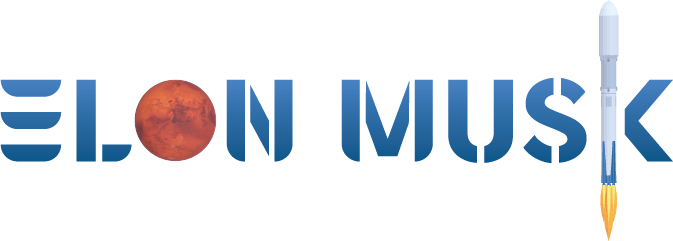
How does Tesla’s robotaxi system work? Inside its remote control strategy and safety gaps
- by USA Today
- Jun 23, 2025
- 0 Comments
- 0 Likes Flag 0 Of 5

Hear this story
Tesla TSLA.O tiptoed into its long-awaited robotaxi service in Austin, Texas on Sunday with about 10 of its Model Y SUVs that will operate within strict limits.
The rides were being offered on Sunday for a flat fee of $4.20, CEO Elon Musk said in an X post, and social media influencers were seen booking and taking rides in the robotaxis in several Austin locations, according to videos reposted by Musk.
Musk has said the company is being "super paranoid" about safety and that humans will remotely monitor the fleet, which also have safety monitors in front passenger seats.
Remote access and control - known in the industry as "teleoperation" - is used in varying degrees by the handful of robotaxi startups operating around the globe. The technology has clear advantages and important limitations.
Here are some details of how it works: Tesla profits plummet 71% amid backlash to Musk's role with Trump administration
"Eventually you will lose connection at exactly the worst time," he said. "If they've done their homework, this won't ever happen for 10 cars. With a million cars, it's going to happen every day."
Former Waymo CEO Krafcik agreed, adding that the time delay in cell signal makes remote driving "very risky."
On the other hand, relying on the vehicle to reach out for help and allowing the vehicle to be the decision-maker are risky as well, Koopman said, as it does not guarantee the vehicle will make the right decision.
Waymo declined to comment on the limitations of its approach.
Koopman also noted there are limits to how many vehicles one person can safely monitor.
A group of Democratic Texas lawmakers had asked Tesla on Wednesday to delay its robotaxi launch until September, when a new autonomous-driving law is scheduled to take effect. The Austin-area lawmakers said in a letter that delaying the launch "is in the best interest of both public safety and building public trust in Tesla's operations."
What is Tesla's approach?
Musk for years has promised, without delivering, that its Full Self-Driving (Supervised) advanced driver assistance software would graduate to completely self-driving and control robotaxis. This year, he said Tesla would roll out a paid service in Austin underpinned by an "unsupervised" version of the software.
"Teslas will be in the wild, with no one in them, in June, in Austin," Musk told analysts and investors in January. In May, he told CNBC that the robotaxi would only operate in parts of Austin that are safe for it, would avoid difficult intersections, and would use humans to monitor the vehicles.
What those teleoperators are doing is not clear.
For years inside Tesla, company executives have expected to use teleoperators who could take over in case of trouble, said one person familiar with the matter. For instance, if a robotaxi were stuck in a crowded pedestrian area and confused about what to do next, a human teleoperator could take over and guide it, the source said.
Tesla advertised for teleoperation positions, saying the company needs the ability to "access and control" autonomous vehicles and humanoid robots remotely. Such employees can "remotely perform complex and intricate tasks," it said in the advertisements.
Tesla did not respond to a request for comment.
"We are being super paranoid about safety," Musk said in a post ahead of the launch.
Reporting by Chris Kirkham, Norihiko Shirouzu and Rachael Levy; Writing by Abhirup Roy; Editing by Peter Henderson and Rod Nickel
Featured Weekly Ad
Please first to comment
Related Post
Stay Connected
Tweets by elonmuskTo get the latest tweets please make sure you are logged in on X on this browser.






 Energy
Energy


















